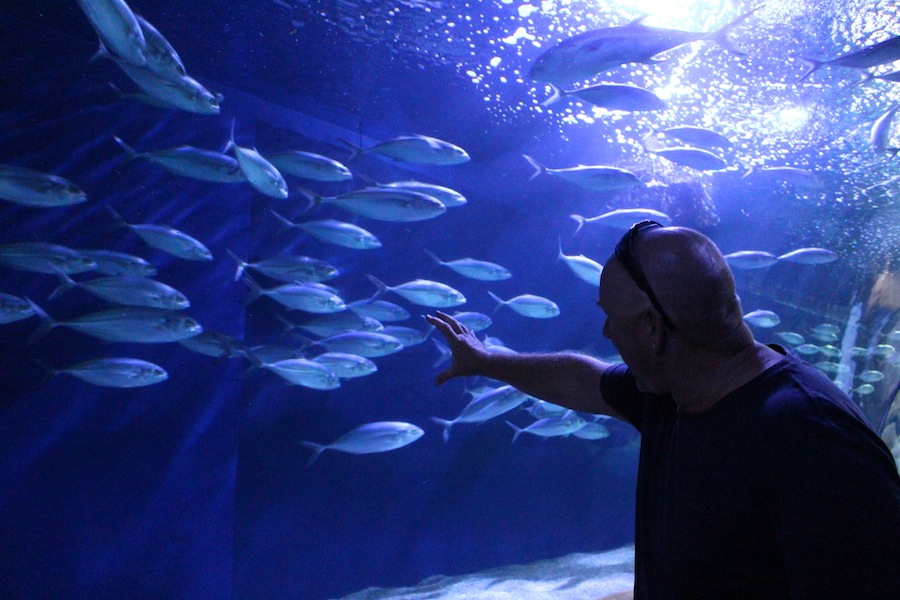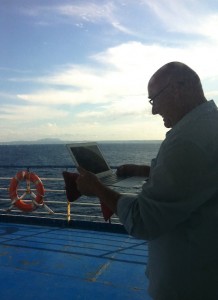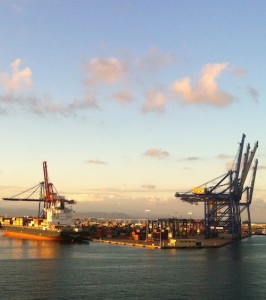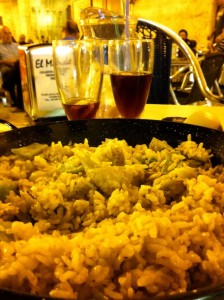We have been travelling for three months now and have seen many and varied things – old, new, weird and wonderful – and all of it has been great fun. After leaving Mallorca, the next leg on our journey of discovery took us through some of the ancient cities of southern Spain – Valencia, Cordoba and Seville. This is the first of three short blogs we’ll be posting in the coming days about our visits to each of them. Their histories are fascinating, although they all have a recurring theme of being great Moorish cities and districts; centres of learning, excellence, art and culture… until various christian kings of Spain came along and literally in some case, wrecked it all. We took the ferry from Mallorca to Valencia. It was a bright and sunny 250km sail that we were able to part-share with Geoff’s sister 17,000km away in Australia, thanks to the wonders of wifi and Skype!
Valencia is the largest commercial port in the Med, and the third largest city in Spain.
It is also credited as the birthplace of paella.
Steeped in history, Valencia’s Roman name of “Valentia” means “strength” or “valour” and has one of the largest “historical districts” of any Spanish town. Maybe we are getting spoiled or complacent about happenings in centuries past, but we decided to spend the bulk of our one day in Valencia exploring the modern, not the ancient. But we aren’t just being contrary. If you do a Google Images search on Valencia it is the more recent spectacular architecture which dominates the results – the Ciutat de les Arts i les Ciències or City of Arts and Sciences. The complex of modern architecture, spaces, bridges and gardens ribbons its way along the dry riverbed of the city’s Turia River and includes the science museum, landscaped walkways, an opera house, a planetarium and the oceanographic park. We spent a lot of our time in the shark house, watched as Foucault’s Pendulum progressed through space and admired our own internal workings in the Science Museum, so we really did go back to ancient times after all – as much as 400 million years back to be precise! Enjoy our modern take on an old master:
































